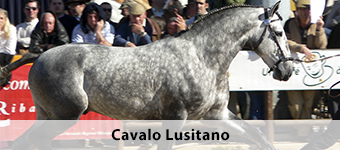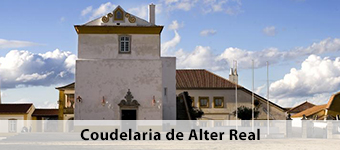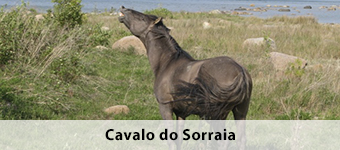Art of Alentejo
The Alentejo is much more than rough face of the old masters who worked with clay, iron, tin, wood, cork, bulrush, leather, fur and horn, while his skilled hands of women painted crockery, made lace and embroider and during endless hours were back to the machines.
A tradition passed from generation to generation, but the masters became teachers for the most curious, so comes a new generation of artisans who bet on who has more demand, leaving the rest of your seat reservation to worth but does not use in the museum.
Craft arts are gaining and gaining relief in Alentejo, including pottery and painting, works in leather and leather and textiles. They can be found in stores and craft shops of the producing region. However, in tourist offices are many exhibits of these craft arts.
Pottery and Painting
The Alentejo offers a great diversity in terms of pottery and painting.
The Barros da Flor da Rosa region use the raw material found in the region and maintain their traditional production process, in which digs into the barriers. These are represented by a selection of 14 utilitarian pieces, each with a different shape and function.
In Nisa, Pottery Pineapple Express, is specific in that region, where the red clay after molded, are decorated with inlaid designs with small quartz stones, the Sierra de San Miguel. Taking advantage of the visit to Nisa, the way it is advisable to waters in the Fadagosa spa to relax.
Already the region of Estremoz is recognized for its Barrística, and one of its best ways of knowing is at the Museum Teacher Joaquim Red, which is a collection of popular works of the eighteenth and nineteenth centuries. The themes of tradition as niche saints and the nativity scenes are works that continue to inspire artisans and be more sought after, especially by collectors. Other more recent issues are the whistles and the “nightingales”; the hooks to make half, income or mesh; the “napolões” soldiers dressed in uniforms of the French Invasions; the “black” red skirts the “springs”, female figures dressed dancers with a bow shoulder to shoulder roses and a hat decorated with bows and flowers; and the metaphor “Love is Blind” woman figure blindfolded.
Three production sites of utilitarian and decorative pottery are in Redondo, Viana do Alentejo and São Pedro do Corval, the biggest pottery center of the Iberian Peninsula, especially pitchers, jars, vases, pitchers, plates of all shapes and sizes, cups , holders for candles, decorative pieces for gardens, among others, can be found in these regions, along with the fact that the potteries are open to the public, allowing a real statement of work and monitoring the most curious, since the process of shaping the ask the drying, baking and final painting.
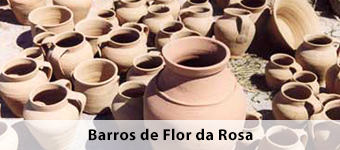
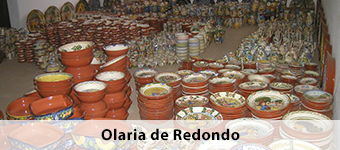
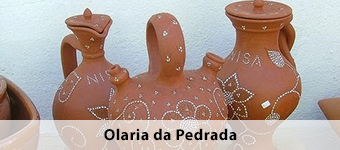
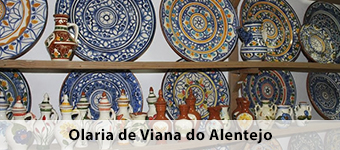
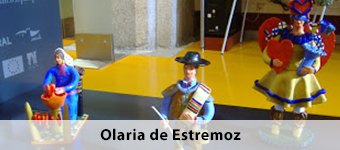

Works and works in leather and leather
There are many objects in skin and leather that still make and sell in Alentejo, from harnesses for animals, saddles for bullfighting and ride, bags, shoes and boots, padded slippers, clothing for everyday or for hunting. Near Elvas, in Terrugem and Our Lady of Machede in Évora district, there are tanneries, that even with the innovation and mechanization, maintain their medieval atmosphere, paying off being visited and observe in real time processes to the production of parts in leather and leather, from processing to final product. However, there are still other places that you can find excellent artisans skin and leather Alter do Chão (saddlery-), Cuba (footwear), in Almodôvar (footwear) and Alcacer do Sal (saddlery).
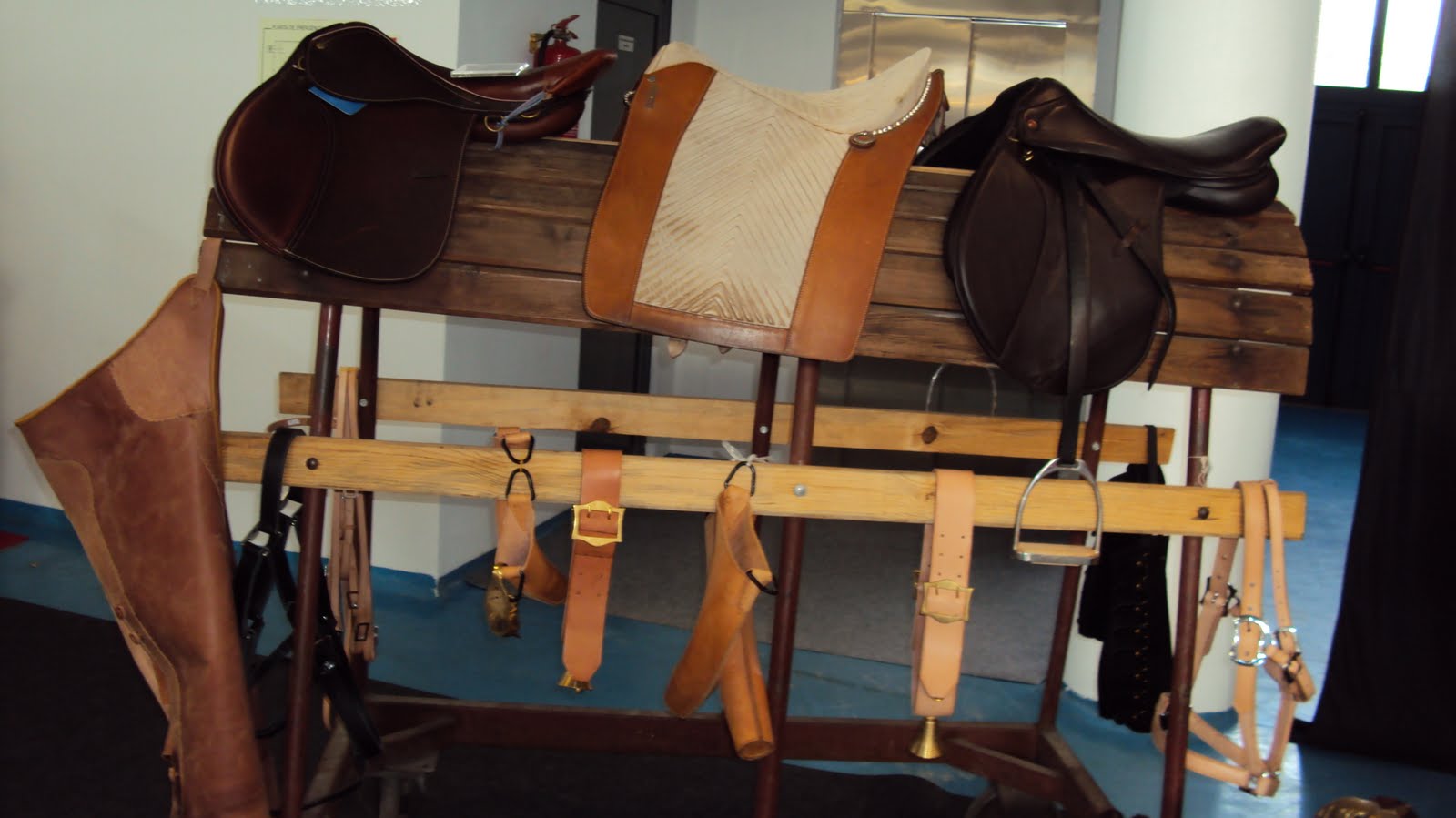
Blankets, Tapestries and Carpets
The Alentejo traditional quilts are made on looms with sheep wool yarn both white and black. Meant to be placed on the beds, or to decorate the walls and in some cases, are used as carpets. The more traditional patterns share the space with new designs and colors, fruit of the creativity of its producers, but the techniques remain. Currently already do with cotton, curtains, individual, capes, ponchos, cushions, bags, travel blankets, socks, towels, among others. Reguengos de Monsaraz and Mértola are the main production centers who built school of this art and keep the tradition alive.
Arraiolos presents its carpets, embroidered over the centuries, over the years and reached today due to work, ingenuity, dedication and art of several generations of embroiderers, still today, they are sitting at the front door of their homes, continuing to give wings to the drawings, the points of a tradition and history. One suspects that this tradition dates back to the fifteenth century, when several Moorish families were expelled from Lisbon by King Manuel I. When they went to North Africa or southern Spain, some of these families have been welcomed by its people in Arraiolos and craftsmen of these disguised families of new Christians, were dedicated to the manufacture of tapestries, emerging as the Arraiolos carpets, distinguished by their decorative compositions.
In June, the event “The carpet is in the Street”, Arraiolos is revealed and offers its visitors the works and works of art of his embroiderers, the village. Up the castle, walking through the narrow streets, entering the Church of Mercy, proving the bacon patties, small moments lived during a festival that fills the streets with color and traditional designs.

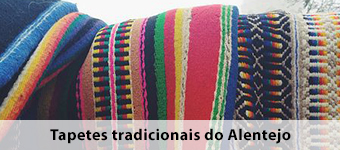
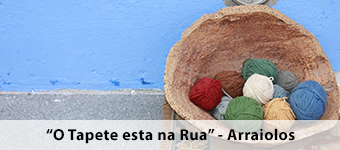
Portalegre tapestry
A decorative mural is an exception to the textile creation of Alentejo, Portalegre born in Manufacturing Guy Fino, the industrialist who put Portugal in the lists of the major world producers of tapestry. The distinctive tapestry comes from a unique and original technique of Manuel Carmo Pescadero, in the 20s of last century, recognized as the “point of Portalegre,” which allows the accurate reproduction of the model, including works of great authors of Almada Negreiros painting, Vieira da Silva, Vítor Pomar, among others. In order to know and see the tapestries, it is advisable to visit the Museum Guy Fino in Castel-Branco Palace in Portalegre.
One of the arts also widely appreciated is the painted wooden furniture, present in Évora, Redondo and Ferreira do Alentejo, along with the chairs with seats in bulrush; furniture and decorative objects in wrought iron of Campo Maior and Ferreira do Alentejo, and throughout the region, is basketry, objects in cork and horn and various expressions of pastoral art in wood.
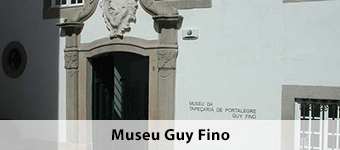
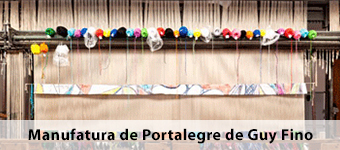
Bull farmers and stud farms
Two regions of Portugal recognized the creation of tradition of Lusitano Horse and Bull are the regions of Alentejo and Ribatejo, essential for equestrian arts and national bullfighting activities. In the Alentejo, the taurine races are spectacles much publicized and crowded throughout the year in many bullrings, the Ravines of which was devoted to the exception of death bulls, banned in Portuguese bullfights.
With regard to stud farms, the situation is slightly different, there is only one or two doors open to the public, one is the stud of Alter Real, 3 kilometers from the Alter do Chão village. This was founded in 1748 by King John V, intended to improve the creation of the national horse and give Real Picaria, an equestrian academy Portuguese Court, the eighteenth century, which required the true quality and dignity. After more than 250 years, the property is the same where it was installed the Tapada do Arneiro, allowing the continuation of the tradition of providing the Lusitano horse the Portuguese School of Equestrian Art, heir of the Royal Picaria currently being working at the National Palace of Queluz .
This stud is the creator of the race horse Sorraia, considered as primitive race horse Iberian endangered.
In April takes place the week of the stud farm, they are made several equestrian activities, joining the famous Equine Day Auction 24. In the month May derives the Horse Festival.
